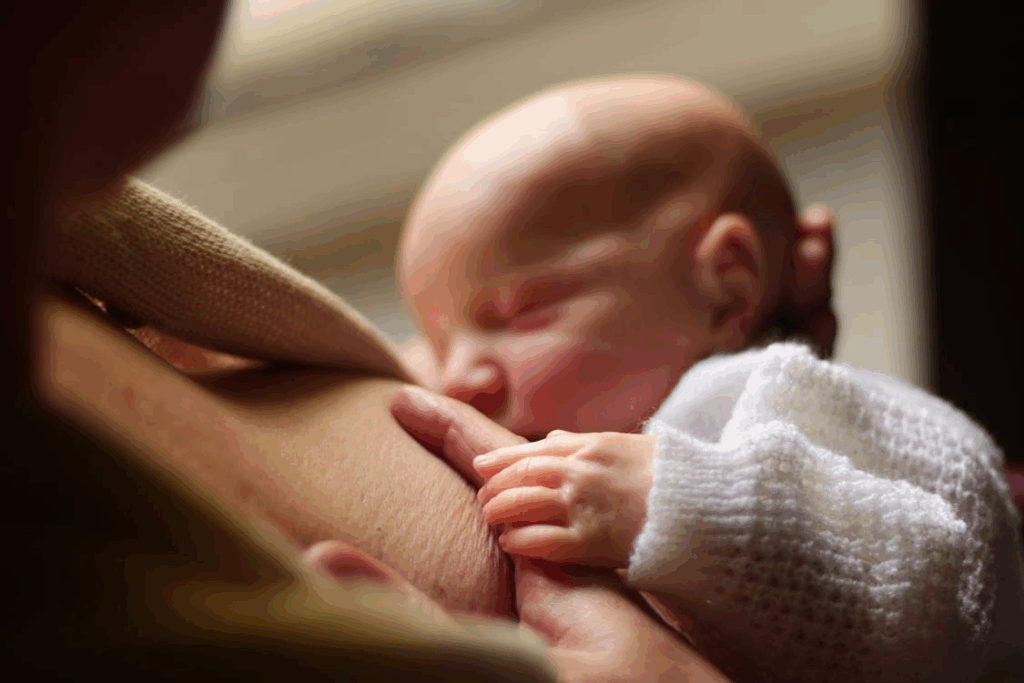Despite being one of the most common inherited neurological disorders, Charcot-Marie-Tooth (CMT) disease often goes undiagnosed in childhood because its symptoms can be subtle at first. CMT gradually weakens muscles and impacts coordination by affecting the peripheral nerves that control movement and sensation in the limbs. For parents and caregivers, recognizing early warning signs in children can make a major difference in getting timely support, therapy, and care.
What Is CMT and How Does It Affect Children?
CMT is a genetic condition that damages the peripheral nerves that transmit signals between the brain, spinal cord, and muscles. To understand what cmt disease is, think of it as a disorder that gradually weakens the body’s ability to control movement and feel sensations in the limbs. Over time, these nerves lose their ability to efficiently send messages, leading to muscle weakness, sensory loss, and changes in walking patterns.
While CMT can appear at any age, many cases begin in childhood
Photo courtesy of Unsplash. Because children are still developing physically, early symptoms can be mistaken for clumsiness or normal growing pains. Understanding what to look for helps families seek a proper diagnosis sooner.
Early Motor Symptoms to Watch For
The first signs of CMT in children often appear in their feet and lower legs, as these muscles are the most affected early on. Parents might notice that their child:
- Trips or falls more often than other children
- Walks on their toes or has difficulty running
- Has an unusual, high-stepping gait known as “foot drop”
- Wears out the outer edges of shoes quickly
- Struggles with balance on uneven ground
These signs stem from weakness in the muscles that lift the foot and control ankle movement. Over time, children may develop high-arched feet (pes cavus) or curled toes (hammertoes), which are key physical clues of CMT-related muscle imbalance.
Hand and Arm Weakness
As the condition progresses, weakness can move upward to the hands and arms. School-age children may begin to show:
- Difficulty holding a pencil or using scissors
- Poor handwriting or slower writing speed
- Trouble buttoning shirts or tying shoelaces
- Reduced grip strength
Since fine motor skills are essential in learning and daily tasks, these symptoms can affect both academic performance and self-confidence. Early referral to occupational therapy can help children adapt with assistive tools and hand exercises.
Sensory Changes and Pain
CMT not only affects movement, but it also impacts sensation. Some children report:
- Tingling, numbness, or burning sensations in their feet or hands
- Sensitivity to cold temperatures
- Leg cramps, especially at night
These sensory issues can be confusing for children, who may not yet have the vocabulary to describe them. Parents might instead notice subtle behavioral changes, such as avoiding physical activity or complaining of tired legs after short walks.
Developmental and Growth-Related Clues
As CMT affects muscle and nerve development, certain delays or abnormalities may appear over time. Warning signs include:
- Delayed milestones, such as walking independently
- Smaller or thinner calves, sometimes called “inverted champagne bottle” legs
- Difficulty with jumping, skipping, or sports participation
It’s important to note that CMT symptoms can vary even within the same family. Some children show signs early, while others may not have noticeable issues until adolescence.

Getting a Diagnosis
If parents suspect CMT, a neurologist or pediatric specialist can perform a thorough evaluation. Diagnosis often involves:
- Physical examination: checking reflexes, muscle strength, and gait
- Nerve conduction studies or electromyography (EMG): to assess how well nerves transmit signals
- Genetic testing: to identify mutations linked to CMT
Early diagnosis is essential. Although there is currently no cure, interventions such as physical therapy, orthotic braces, and adaptive devices can greatly improve mobility and independence.
Supporting a Child Living with CMT
Once diagnosed, children with CMT benefit from a supportive, multidisciplinary care team. Key approaches include:
- Physical therapy: strengthens muscles, maintains flexibility, and reduces joint deformities
- Occupational therapy: teaches ways to adapt tasks for school and daily life
- Custom footwear or braces: helps correct gait and prevent falls
- Emotional support: encourages confidence and participation in activities
Parents can also connect with organizations such as the CMT Research Foundation or Muscular Dystrophy Association for educational resources, family networks, and updates on new treatments.
Why Early Recognition Matters
The earlier CMT is identified, the better the chances of slowing progression and improving long-term quality of life. Timely therapy can delay muscle weakness, support proper posture, and prevent complications like joint deformities. Equally important, early recognition helps children develop a positive mindset about their condition, understanding that while CMT changes how their body moves, it doesn’t define who they are or what they can achieve.
Endnote
Recognizing the early warning signs of CMT in children takes observation, patience, and awareness. You mustn’t dismiss frequent tripping, difficulty with fine motor tasks, or visible foot changes as mere clumsiness. When parents, teachers, and healthcare providers work together to identify these signs early, children with CMT can receive the right care, stay active, and grow up feeling empowered to build strong, fulfilling lives despite the challenges of the condition.
